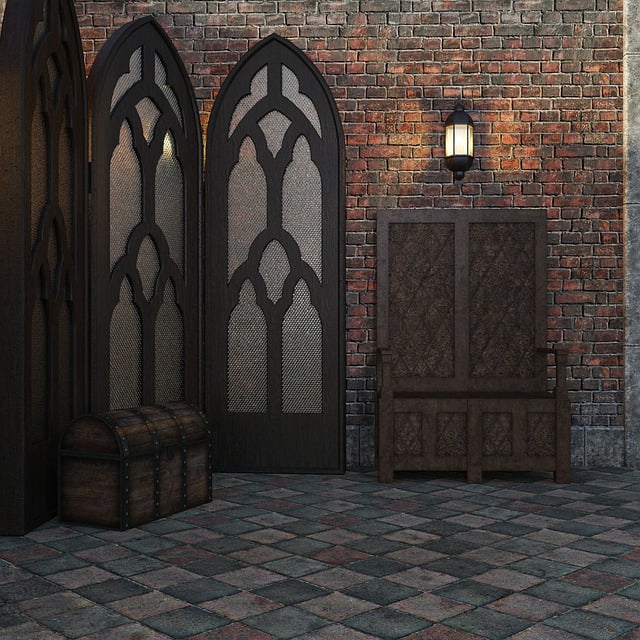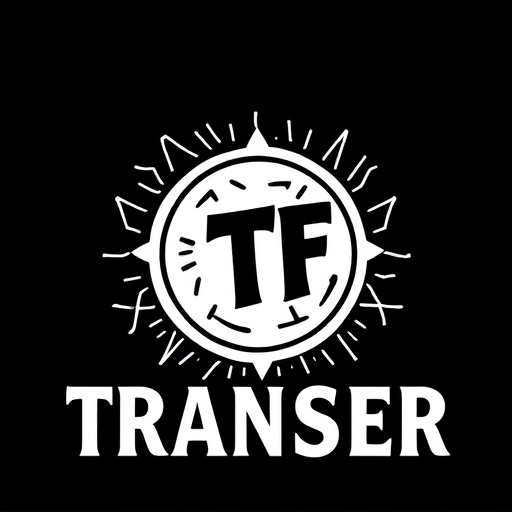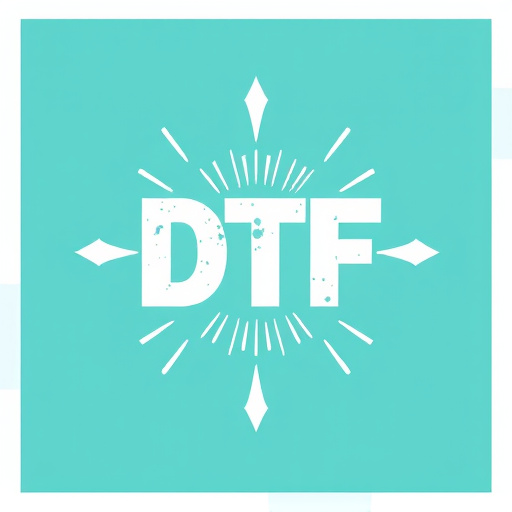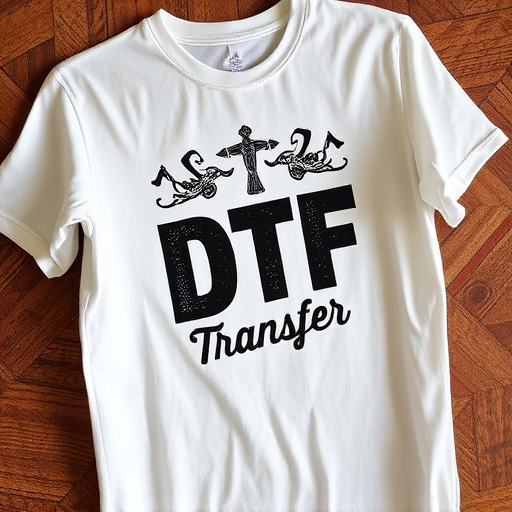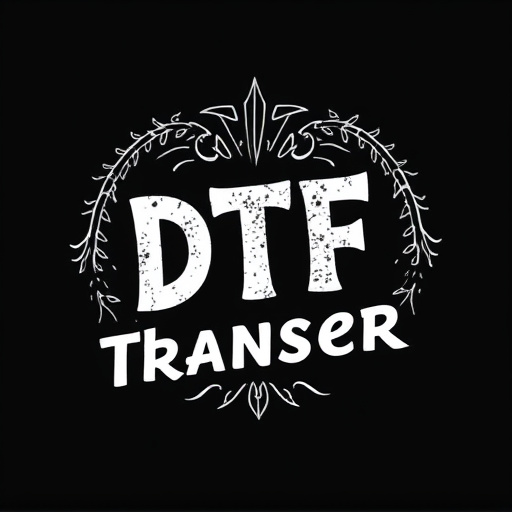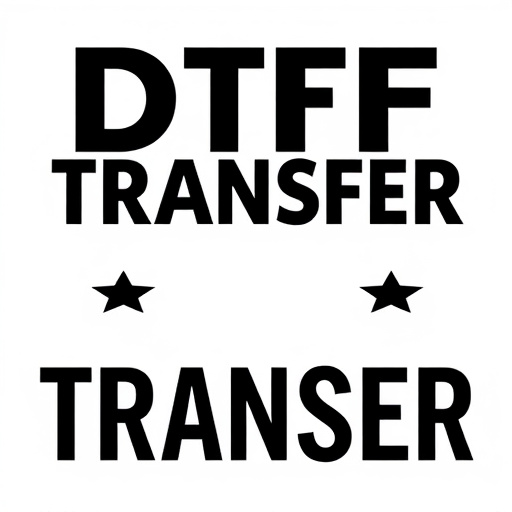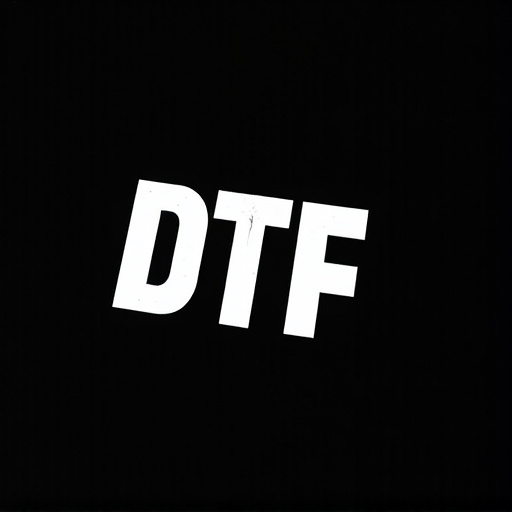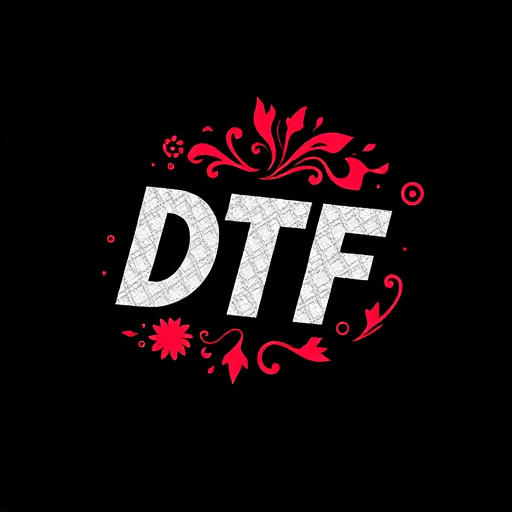DTF Transfers (Direct-to-Fabric) revolutionize fabric printing by directly applying ink onto dark fabrics, bypassing traditional paper intermediates. This method offers vibrant color reproduction, exceptional detail, and durability on garments and other products. For optimal results on dark surfaces, designers should use high-contrast colors and fluorescent hues, with careful selection of ink types, application techniques, and pre-treatment methods. DTF Transfers are versatile, used by outdoor brands for weatherproof logos and fashion designers for unique patterns, showcasing their longevity in various applications from sports jerseys to artistic prints.
Discover the captivating world of DTF Transfers, a game-changing printing method revolutionizing dark fabric design. This unique technique allows for vibrant, intricate patterns that pop against deeper hues, opening a new dimension in textile art. From understanding the DTF process to choosing the perfect colors and design tips, this article explores everything you need to know. Learn about proven application techniques and be inspired by real-world examples showcasing the stunning potential of DTF Transfers.
- Understanding DTF Transfers: A Unique Printing Method
- Advantages of Using DTF on Dark Fabrics
- Choosing the Right Colors for Maximum Impact
- Design Considerations for Vibrant Visuals
- Application Techniques to Ensure Quality Prints
- Real-World Examples: Successful DTF Transfer Projects
Understanding DTF Transfers: A Unique Printing Method

DTF (Direct-to-Fabric) Transfers are a specialized printing method designed for vibrant and long-lasting results on dark fabrics. Unlike traditional printing techniques, DTF involves transferring ink directly onto the fabric’s surface, bypassing the need for intermediate materials like paper. This innovative approach allows for rich color reproduction and exceptional detail, making it ideal for creating eye-catching designs on black or deep-hued textiles.
The process starts with a fine mesh screen that is precisely coated with ink. A design is then manipulated onto this screen, opening up areas where the ink will pass through to the fabric below. Once prepared, the screen is pressed against the dark fabric, transferring the ink in a continuous or spot-on manner, depending on the desired effect. This direct application ensures that the colors pop and the images are crisp, making DTF Transfers a game-changer for enhancing the look of apparel, home decor, and other fabric products.
Advantages of Using DTF on Dark Fabrics
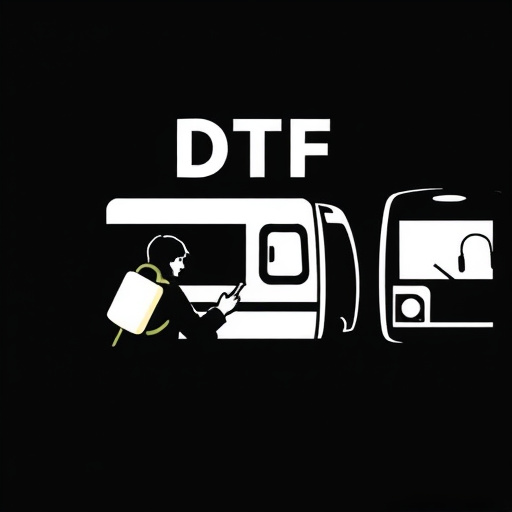
Using Direct-to-Fabric (DTF) transfers on dark-colored fabrics offers several compelling advantages. One of the primary benefits is the ability to achieve vibrant, rich colors that truly pop against the deeper background. Dark fabrics often pose challenges for traditional printing methods, but DTF technology overcomes these hurdles by directly applying inks to the fiber, resulting in exceptional color saturation and definition. This makes DTF transfers ideal for creating eye-catching designs on black, navy, or deep grey garments, ensuring your artwork doesn’t get lost in the fabric’s shade.
Moreover, DTF printing enhances the overall durability of the transfer. The direct bonding of inks to the fabric fiber creates a strong bond that withstands regular washing and wear, guaranteeing that the design maintains its vibrancy and integrity for longer periods. This longevity is particularly advantageous for custom apparel, promotional items, or any product requiring a long-lasting, visually appealing finish.
Choosing the Right Colors for Maximum Impact

When designing transfers intended to appear vibrant on dark-colored fabrics, selecting the right colors is paramount for achieving maximum visual impact. DTF (Direct to Fabric) Transfers offer a unique opportunity to enhance dark surfaces with striking hues and intricate details. Opting for high-contrast colors like bright whites, vivid yellows, or bold reds can instantly make your design pop against the deep backdrop. These contrasting shades reflect light differently, ensuring that your transfer stands out in a way that subtler tones might not.
Moreover, considering color theory can further optimize the vibrancy of your DTF Transfer. Complementary colors, those opposite each other on the color wheel, create a striking visual contrast when paired together. Incorporating these combinations into your design can make your dark fabric designs appear more vivid and engaging. Whether you choose to emphasize a single accent color or create a multi-hued masterpiece, understanding how colors interact will undoubtedly elevate the overall aesthetic of your transfer.
Design Considerations for Vibrant Visuals
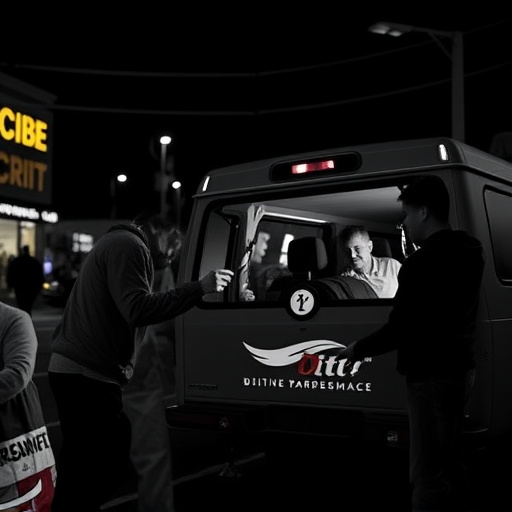
When designing transfers intended to appear vibrant on dark-colored fabrics, several key considerations come into play. The primary goal is to create a visual impact that stands out against the deep backdrop. This often involves using high-contrast colors and bold designs to ensure the transfer’s details are visible and eye-catching. Incorporating fluorescent or neon hues can add an extra layer of vibrancy, making the design pop even on black or very dark fabrics.
DTF (Direct to Fabric) transfers specifically require careful attention to ink types and application methods. Water-based inks, for instance, can provide a softer, more subtle effect, while solvent-based inks offer greater opacity and durability. The printing process should be optimized to achieve sharp lines and precise color reproduction, which is crucial for maintaining the visual integrity of intricate patterns or fine details. Additionally, pre-treating the fabric with suitable preparations can enhance ink adhesion and ensure long-lasting vibrancy even after repeated washings.
Application Techniques to Ensure Quality Prints

When applying DTF (Direct to Fabric) transfers to dark-colored fabrics, mastering application techniques is key to achieving vibrant and lasting results. One effective method involves using a squeegee for an even distribution of ink. The pressure applied during the press ensures complete contact between the transfer and the fabric, resulting in crisp images with rich colors that pop against the darker background.
Another technique worth considering is pre-heating the fabric before printing. This step helps to set the inks and prevent smudging or fading. Additionally, using high-quality transfer paper designed for dark fabrics can significantly improve outcome. The right paper ensures the ink adheres well, enhancing the overall vibrancy and durability of the print.
Real-World Examples: Successful DTF Transfer Projects
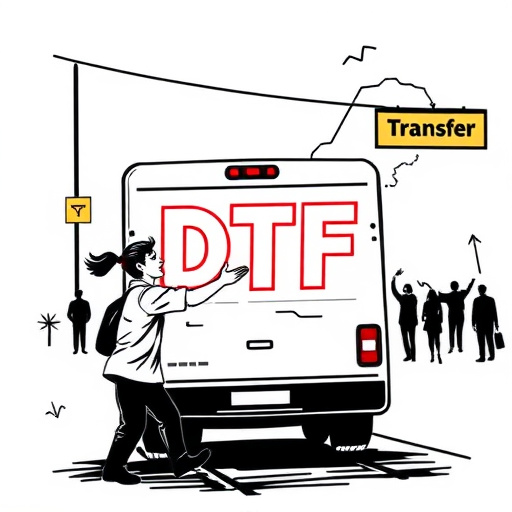
In recent years, the Direct to Fabric (DTF) transfer process has gained significant traction in various industries, showcasing its versatility and ability to produce vibrant, long-lasting designs on a wide range of fabrics. From promotional merchandise to artistic garments, DTF transfers have left their mark on everyday items. For instance, many outdoor brands utilize DTF printing for creating high-quality maps and logos on backpacks and tents, ensuring these designs withstand harsh weather conditions. Similarly, fashion designers embrace this technology to add unique patterns and graphics to their collections, making each piece stand out in a sea of generic clothing.
Real-world applications highlight the durability and vibrancy of DTF transfers. When applied to dark-colored fabrics, these transfers not only maintain their brightness but also develop a rich, deep hue, creating an eye-catching contrast. Sports teams often order customized jerseys with DTF logos, ensuring their team colors remain intact even after countless washes. This same technology is leveraged by artists to create limited-edition prints and posters, adding a unique touch to home decor and gallery walls. The success of these projects lies in the precision of the printing process and the quality of inks used, resulting in transfers that are both visually stunning and enduring.
